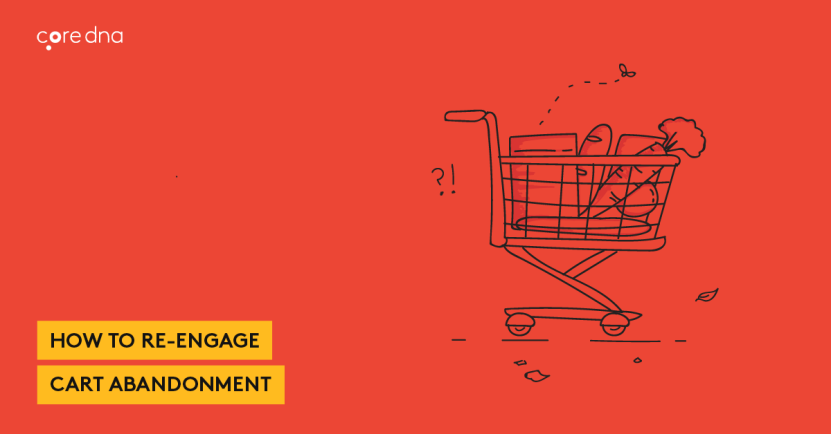
Understanding Virtual Shopping Cart Abandonment Factors
E-commerce has revolutionized the way we shop, but it comes with its challenges, particularly the issue of virtual shopping cart abandonment. Delving into the factors behind this phenomenon is crucial for online retailers seeking to optimize their sales funnel.
The Psychology Behind Abandoned Carts
Virtual shopping cart abandonment is often rooted in psychological factors. Customers may leave their carts due to unexpected costs, lack of trust, or simply getting distracted. Understanding the psychological aspects helps retailers implement strategies to mitigate these issues.
Unexpected Costs and the Checkout Process
One of the primary culprits of cart abandonment is unexpected costs during the checkout process. Shipping fees, taxes, or hidden charges can be unpleasant surprises for customers. Transparent pricing and providing cost breakdowns upfront can alleviate this concern and encourage completion of the purchase.
Building Trust in the Online Shopping Experience
Trust is a critical element in the online shopping journey. Consumers need reassurance about the security of their personal information and payment details. Implementing trust badges, secure payment gateways, and clear privacy policies can contribute to building trust and reducing cart abandonment.
Simplifying the Checkout Process
A complex and time-consuming checkout process can deter customers from completing their purchases. Streamlining the steps, offering guest checkout options, and minimizing the required information can create a smoother experience, reducing the likelihood of virtual shopping cart abandonment.
Utilizing Remarketing Strategies
Remarketing is a powerful tool to re-engage customers who have abandoned their carts. Employing targeted ads and personalized emails reminding customers about their unfinished transactions can bring them back to the site and encourage them to complete the purchase.
Addressing Technical Issues and Website Performance
Technical glitches and slow website performance can frustrate customers, leading to cart abandonment. Regularly monitoring and optimizing the website’s performance, fixing broken links, and ensuring a seamless browsing experience contribute to a positive online shopping environment.
Offering Incentives and Discounts
Incentives and discounts can be effective in reducing virtual shopping cart abandonment. Providing limited-time offers, free shipping, or exclusive discounts for completing the purchase can motivate customers to finalize their transactions.
Personalizing the Shopping Experience
Personalization goes beyond product recommendations. Tailoring the shopping experience based on the customer’s history and preferences can make them feel valued, reducing the likelihood of abandonment. Personalized emails with abandoned cart reminders add a human touch to the interaction.
Mobile Responsiveness and Optimization
With the increasing use of mobile devices for online shopping, ensuring mobile responsiveness is crucial. A website that is optimized for various devices provides a seamless experience, preventing potential frustrations that may lead to cart abandonment.
Continuous Analysis and Improvement
The e-commerce landscape is dynamic, and consumer behaviors evolve. Regularly analyzing data, tracking cart abandonment rates, and seeking feedback can provide insights for continuous improvement. Flexibility and adaptability are key to addressing new challenges and keeping the virtual shopping cart abandonment rate low.
In conclusion, understanding the intricacies of virtual shopping cart abandonment empowers online retailers to refine their strategies and enhance the overall customer experience. To explore more about optimizing your online store and minimizing cart abandonment, visit Virtual shopping cart abandonment.
(Note: The URL used is a placeholder and may not lead to an actual website.)
